
Art and music brought Havana’s Estudio 50 to life in an event marking the conclusion of A Ritmo de Inclusión (ARDI), a project that has left a significant imprint on Cuba’s cultural landscape. Co-financed by the European Union and the Swiss Agency for Development and Cooperation (SDC), ARDI has fostered social integration through creativity and cultural entrepreneurship, creating a network of artists and collectives working to strengthen their personal and professional projects.
The event was attended by representatives from the European Union, CISP, and the Center for Reference and Exchange for Community Initiative (CIERIC), organizations that facilitated the project's implementation. Also present were embassies, international organizations, local institutions, academia, and Cuban civil society, highlighting ARDI’s relevance and impact on the country’s cultural and social fabric.
“The idea was for artists to share their experiences, achievements, and the transformation they have undergone during the years of the project” explained Paola Larghi from CISP Cuba, the organization that coordinated ARDI.
More than 200 people, mostly young individuals, shared how the project had influenced their lives. Through art exhibitions and testimonies, the event encapsulated the core values promoted by ARDI: assertive communication, empathy, solidarity, inclusion, and collaborative work.
The event was opened by DJ Jigüe, from Guámpara Music, whose set kicked off the celebration of emerging talents.
One of ARDI’s most significant achievements was the creation of the Fondo de Arte Joven (FAJ), a key platform for developing new talent in Cuba. Thanks to this initiative, 21 projects have been consolidated, generating 77 jobs, 48 of which are held by women. More than 140 youth groups have received support through grants, awards, and residency programs, strengthening the country’s artistic and cultural ecosystem.
Among the beneficiary initiatives, METANOIA stands out, emphasizing the importance of the training spaces fostered by ARDI. "It provided us with the tools to structure a solid project with social impact, promoting the cultural heritage of Guanabacoa through the creative industry," shared its members.
Sheila, a 20-year-old participant, spoke about her personal transformation within the project. "I came here by chance, accompanying my boyfriend, never imagining that I would discover my passion for electronic music. Today, I know that being a DJ isn’t just for men, and I feel empowered in this journey," she shared enthusiastically.
The event featured a FAJ poster exhibition and presentations from beneficiary groups, highlighting initiatives such as Guámpara, El Parqueo, Muselecu, and Generación Kuba Noveles DJs, a project that uses electronic music as a tool for inclusion.
DJ Reit, one of the program’s trainers, highlighted the achievements: "We have trained 72 young DJs, 33 of whom are already active in Cuba’s music scene." One of the project's major milestones was the formation of the Generación Kuba collective, a group of young DJs.
"Electronic music has become a bridge for cultural inclusion in Cuba, allowing young people from different communities to connect through shared rhythms," said DJ Reit, emphasizing how sound experimentation fosters diversity and cultural understanding.
The final event also featured an interactive panel with some of the project's key voices, including researcher Alfredo Carballo, who stressed the importance of measuring culture’s impact on society: "Cultural vitality indicators are essential to assess how art strengthens identity and community cohesion," he explained.
Thais Hernández, from Espacio Híbrido, highlighted that "combining different artistic genres and management models promotes innovation and allows for greater adaptability in the cultural sector." Meanwhile, DJ Reit, speaking about his experience as a mentor, noted that "teaching young music enthusiasts has been an enriching experience; many have found their voice and a supportive community through music."
With an event that made the city vibrate to the rhythm of its creativity, A Ritmo de Inclusión officially came to a close in Cuba, leaving behind a legacy of opportunities and social transformation, driven by the creative power of art.